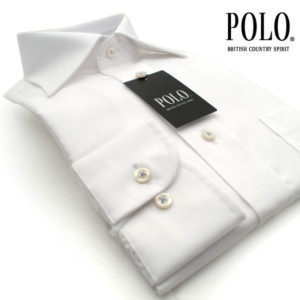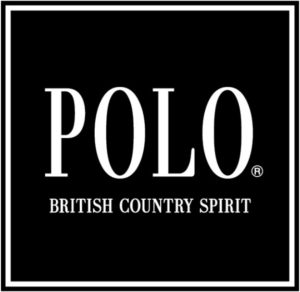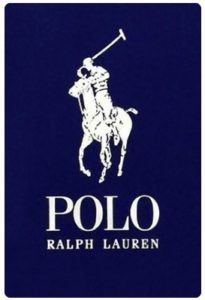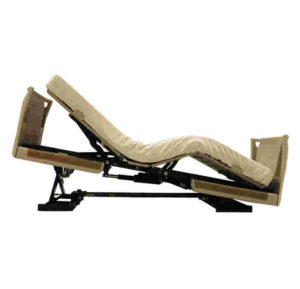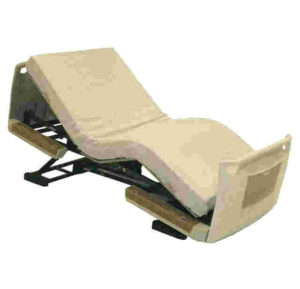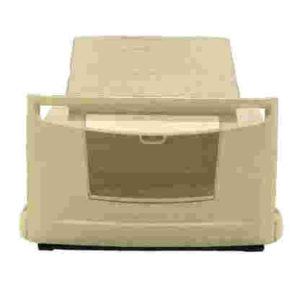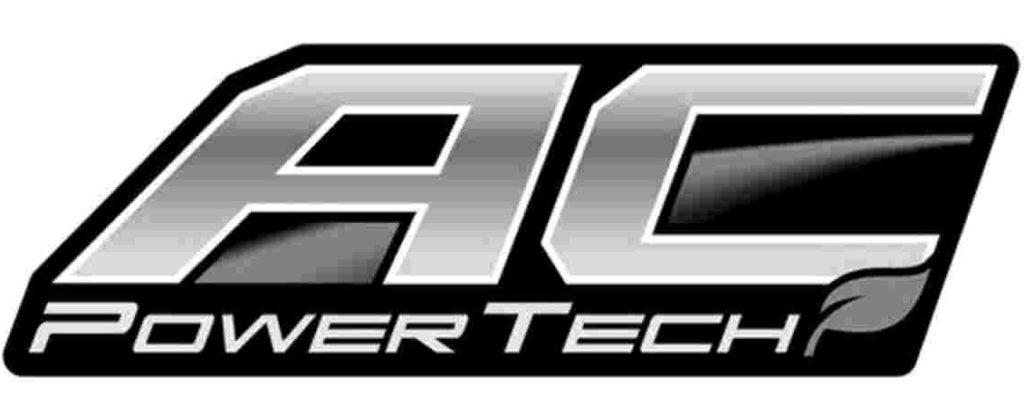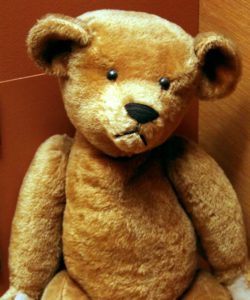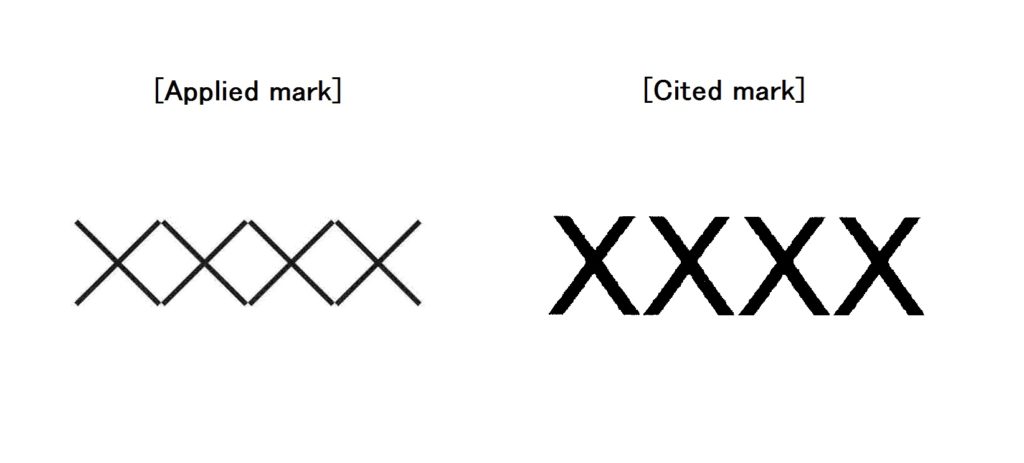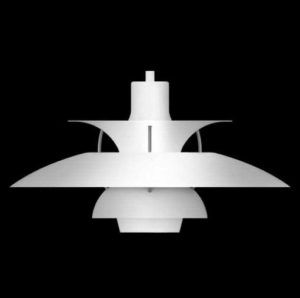In a recent appeal trial over trademark dispute, the Appeal Board of Japan Patent Office (JPO) overturned the Examiner’s determination and held that a word mark “GRAND HOME” is dissimilar to, and unlikely to cause confusion with a senior trademark registration for the “GRAN HOME” mark in connection with construction, reform or repair service for residential homes and buildings.
[Appeal case no. 2017-13251, Gazette issue date: November 30, 2018]GRAND HOME
Kabushiki Kaisha GRAND HOME, a Japanese business entity filed a trademark application for a word mark “GRAND HOME” in standard character covering services of reform, repair, maintenance, cleaning and construction for residential homes and buildings in class 37 on May 17, 2016 [TM application no. 2016-53226].
Going through substantive examination by the JPO examiner, applied mark was completely refused registration based on Article 4(1)(xi) of the Trademark Law due to a conflict with senior trademark registration no. 5534717 for word mark “GRAN HOME” written in Japanese character(katakana) for the same services in class 37.
There are basic rules that the examiner is checking when evaluating the similarity between the marks:
- visual similarity
- aural similarity
- conceptual similarity
and taking into account all these three aspects examiner makes a decision if a mark is similar (at least to some extent) with the earlier mark and if there is a likelihood of confusion for the consumers.
Applicant filed an appeal against the refusal on September 6, 2017 and argued dissimilarity of the marks.
Appeal Board decision
The Board reversed the examiner’s refusal and admitted applied mark to registration by stating that:
- From appearance, both marks are distinguishable because of a difference in literal elements. Applied mark consists of alphabetical letters. Meanwhile, the earlier mark consists of Japanese character.
- Having compared the sound of applied mark “ɡrænd hoʊm” and earlier mark “ɡræn hoʊm”, there evidently exists a difference in the middle sound. The difference shall not be negligible from overall sound composition as long as the sound “D” in the middle of applied mark is pronounced in a clear and intelligible manner. If so, both marks are aurally distinctive.
- Applied mark gives rise to a meaning of ‘large house’. In the meantime, the earlier mark “GRAN HOME” does not give rise to any specific meaning. Hence, both marks are dissimilar from conceptual point of view.
- Based on the foregoing, it is unlikely that relevant consumers confuse or misconceive a source of “GRAND HOME” with the earlier mark “GRAN HOME”.

